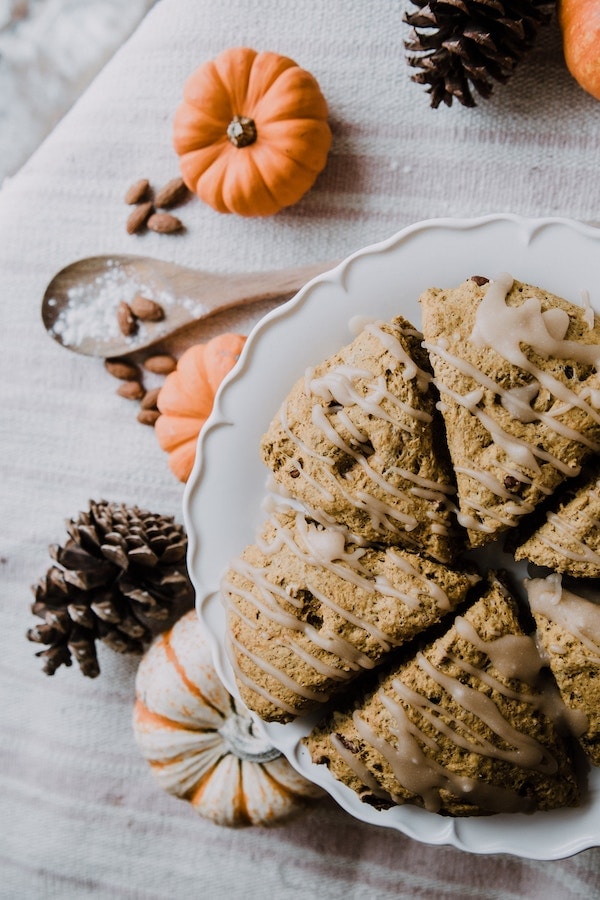This week’s clotted cream recipe comes on the coattails of last week’s lesson on how to make clotted cream using the oven method.
There are many ways to heat heavy cream so that it produces a thick, luxurious spread, and you’ll find subtle differences in the finished product for each method.
In the end, you’ll have to experiment to figure out which method works best for you. Some folks will go for ease, while others will pick a favorite based on texture.
Regardless on which method you choose, you’ll still end up with clotted cream that’s about a billion times better than what you’ll find in most American supermarkets.
Clotted Cream Recipe (Stovetop Method)
This stovetop method comes from Sam at Becks & Posh, a Bay Area food blogger who sadly doesn’t post anymore (Hey Sam! We miss you!). She’s a Brit to the end, and if she says this method is the best clotted cream recipe on the face of the planet, then I’m inclined to believe her!
Other methods I’ve covered:
- The oven method
- The double boiler method
- The slow cooker method
- The cheater’s method
Just like the other method, you’ll want to use the best heavy cream you can find. Sam recommends using raw cream from a local dairy, which no doubt will yield the most incredible results.
But don’t fret if super chichi dairy products aren’t in your future. Even the regular stuff from the local grocery will have you curling your toes in ecstasy.

Clotted Cream Recipe (Stovetop Method)
Ingredients
- 4 cups heavy cream (NOT ultra-pasteurized)
Instructions
- Pour heavy cream into a very heavy, very large, non reactive frying-pan. The goal here is to create as much surface area as possible, and to use a pan that will conduct heat evenly and steadily.
- Place pan on the stove, with the burner set to the lowest possible setting. If you have a ‘warm’ setting, then perfecto! Otherwise, use what you’ve got. If you have a gas stove, Sam suggests using a heat diffuser.
- After about an hour, a thick layer will have formed on the surface of the cream. Scrape it off with a non-slotted spoon and transfer it to a bowl, keeping the top of the fat layer facing upwards, if at all possible. Repeat this step three or four more times until most of the cream has thickened and been scraped into the bowl.
- Transfer the clotted cream to a tightly sealed container and refrigerate over night. After it’s rested for the evening, you should have a “thick, gloopy, knobbly-surfaced cream which you can spread onto a freshly baked scone.” And if that’s not the epitome of excellent clotted cream, I don’t know what is.
Nutrition
This content was originally posted on FearlessFresh.com.





